One of the attractions of a trip through the region of Central Portugal is to do the Historic Villages Route, among which stands out Trancoso.
In this pretty walled town of the Guarda district, which since 2004 has been considered a city, and is located on top of a plateau from which you can see a large territory that goes from the Sierra de la Estrella until Douro Valley.
Due to its strategic location, Trancoso in the medieval times was one of the main towns in Portugal.
Furthermore, he played a very important role in the conquest of the national independence and in the maintenance of borders, in a rather unstable historical moment with constant conflicts.
Both walls such as Trancoso castle They are the largest of the aforementioned Historic Villages Route.
All the information in detail
What to see when visiting Trancoso
To enter Trancoso you have to go through two of its main doors, the King's Gate y Prado Gate; In them you can see some crenellated towers defending the entrance to the enclosure.
El historical Center This charming town in the Center of Portugal is surrounded by walls and in it you can see the facades of the old houses with their granite stones and the layouts of the streets that remain from the medieval times.
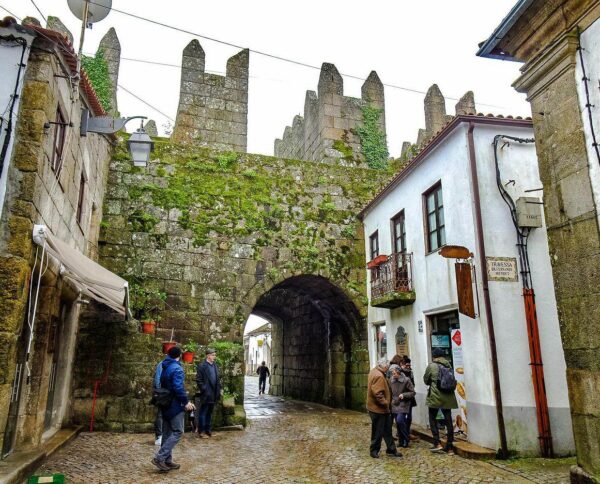
As soon as you enter the King's Gate you will find the House of the Arches of the 16th century, and then, following the Rua da Corredoura, you will reach a large square where they are located City Hall and statue of the popular prophet and poet Bandarra.
Trancoso Town Hall Square
Following the street you will reach the center of the class The Pelourinho, a nice piece of Manueline style, but it is actually an ancient column that was erected to punish the condemned.
In this same square is the Church of Mercy de Baroque style, and the pretty St. Peter's Church de late baroque style composed of a nave with the main chapel and a bell tower.
This church stands out for being the place where the aforementioned popular character, poet, troubadour and prophet is buried. Bandarra, who is considered the propagator of the myth of the return of Don Sebastian during the Spanish domination, in addition to many other stories.
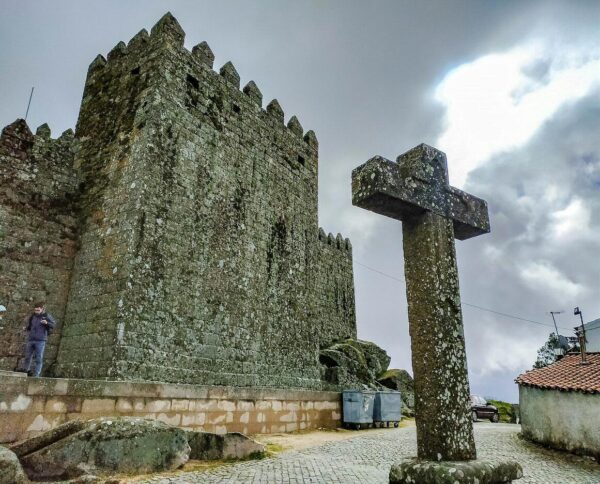
Trancoso Castle
From here, continuing along another Arches house and crossing its beautiful and narrow streets, you will reach the Trancoso castle.
This fortification with its walls dominates the entire valley, and to get to it you will cross steep medieval streets full of marks on its walls, and in spring and summer they are covered with hydrangeas of multiple colors.
La Wall It has five towers with their battlements and merlons.
The tower of tribute, very well preserved and which is the main one, you can admire beautiful views of the town and the mountains.
The castle is located at the top of a hill, its origin is basically defensive and surveillance, and it witnessed multiple battles, both between Christians and Muslims, and between Castilians and Portuguese.

It was definitively conquered for Portugal by King D. Alfonso Henriques in 1160.
Its origin is pre-Romanesque from the 10th-12th centuries, although it underwent an important Gothic reform between the 14th and 15th centuries.
Entry to the castle is free.
Palace of the Viscounts of Trancoso
You can also visit the Palace of the Viscounts of Trancoso where you can see the St. Bartholomew's Chapel which was the place where Don Dinis y Lady Isabel of Aragon They married in 1282, which shows us the importance that the town had at that time.
Bandarra House in Trancoso
Located on the same street as the Jewish Culture Interpretation Center, you will find the House of Bandarra which aims to perpetuate the figure of this character who is part of the Portuguese identity.
ORGANIZE your TRIP
- Don't forget your TRAVEL INSURANCE with a 5% discount
- Book the HOTEL for your trip
- RENT a CAR for your trip
- The best TOURS and EXCURSIONS in Spanish
- NO-LINE TICKETS for museums and monuments
- Best FREE TOURS around the world
- Book your TRANSFER from the airport
- eSIM card with INTERNET at the best price
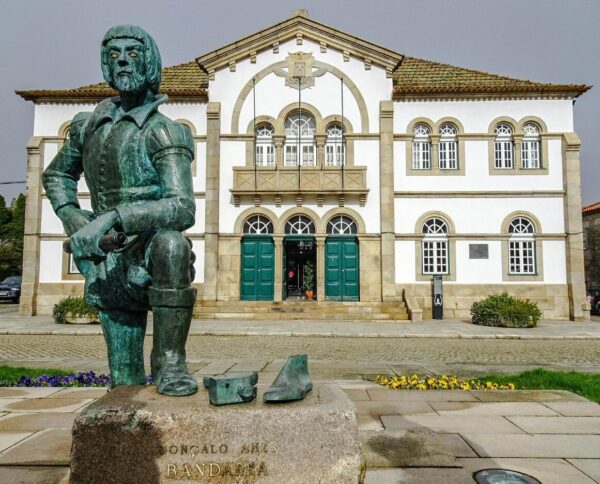
This mythical poet was born in Trancoso in 1500, and became well known for his prophetic trovas.
In one of them he announced the aforementioned return of Don Sebastian, a monarch who disappeared in a battle in North Africa, which caused Portugal to remain under the rule of Spain for sixty years.
He was a shoemaker by profession, as well as a poet and prophet, and is considered the Nostradamus Portuguese.
Of recognized social position, he interacted with both old and young Christians; For many he was a religious leader, but in 1541 the Inquisition judged him and forbade him to interpret Bible.
His remains are found in the St. Peter's Church.
Within the Bandarra House There is a patio where you can hear their trovas at the bottom of a well, and today this space is an interpretation, recreational, educational and scientific center.
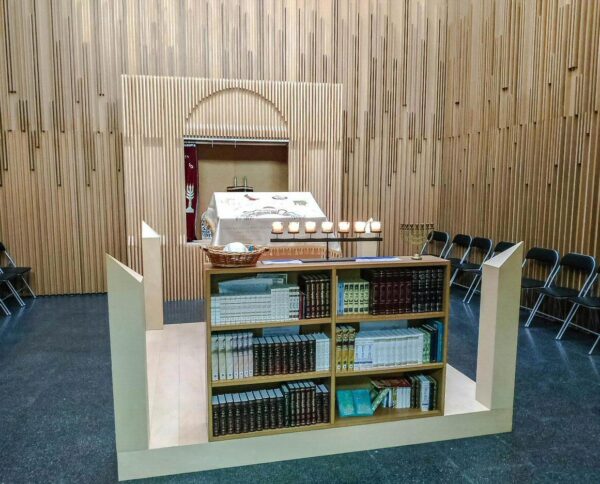
Jewish community in Trancoso
Trancoso In the 15th century it was the residence of one of the jewish communities largest in the region and which contributed greatly to the development of commerce in the town.
Here you will find a very careful Jewry which in the 500th century was one of the most important in the area, with more than XNUMX inhabitants.
The houses of this Jewry They have two doors, a wider one through which one entered the store, and another narrower one that was the access to the family residence.
On the sides of the doors you can still see the marks left by the Jews, such as crosses and stars of david, as well as Hebrew words carved into the stone.
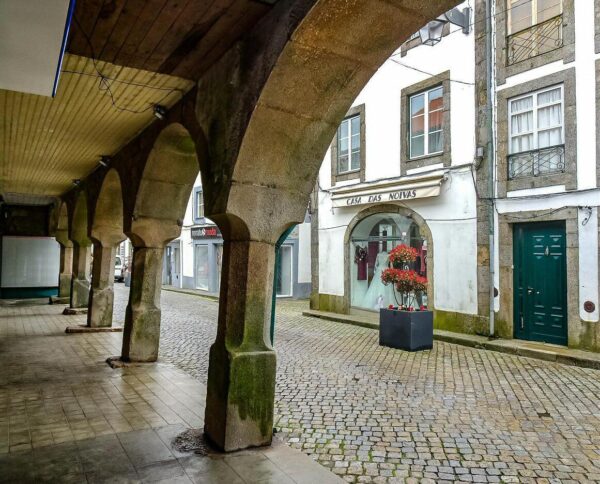
It has the important Isaac Cardoso Jewish Culture Interpretation Center which was raised in the center of the old Jewry in 2012 with a modern synagogue.
It is a space to develop culture and publicize the legacy of the Jewish communities that ancestrally lived in this area of Portugal.
Aquí encontrarás The House of the Black Cat, a curious two-story building located built around 1530 in the old jewish quarter.
In this house, perhaps the most significant in the Jewish neighborhood, you will find on its façade Lion of judah and Gates of Jerusalem engraved in relief, which may indicate that at the time it was a synagogue and the rabbi's house.
As a commemoration of the Battle of San Marcos precursor of the Battle of Aljubarrota, in which the king Don Juan I won the independence of Portugal against Castile, every May 29 in Trancoso A party is celebrated in which bread and oranges are distributed among the children.
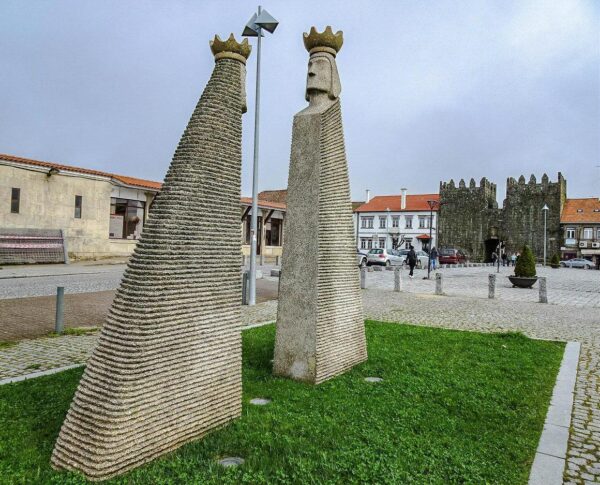
This tradition is due to the saying that the Portuguese left the Castilians to bread and oranges. Thank goodness it wasn't to bread and water!
What to eat in Trancoso
With regards to gastronomy, as in all Central Portugal region, it is very rich and varied.
In your Trancoso visit don't stop trying the Serra cheese, nuts, their fabulous sausages, as well as the delicious sweet sardines from Trancoso, which is a very old recipe Convento de Santa Clara.
In sum, a nice town in Central Portugal in which during your visit you will spend a pleasant day walking through its streets.
Don't forget your Travel Insurance
Are you organizing your trip or getaway? Don't leave without take out your travel insurance before, and here we explain why. If you hire it with us, you have a 5% discount
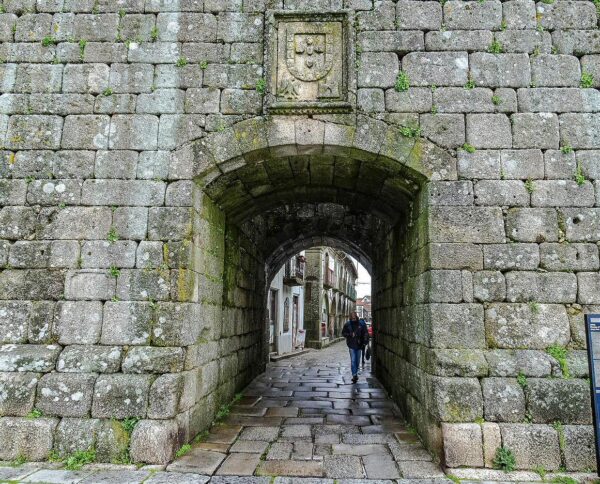
How to get to Trancoso
La historic village of Trancoso It is located two hours by car to the west from Salamanca, and another two hours to the southeast from Porto.



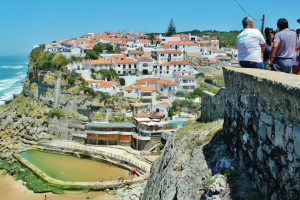
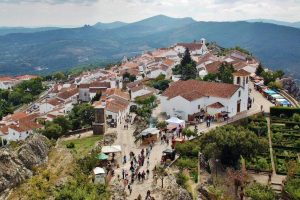
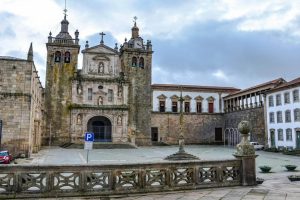











Dear Sirs,
I am a professor of Spanish, Latin and Greek who is developing a project about the presence of classical mythology in monuments.
Our museums of different cities that make up the Portuguese Road of Sanctuary. I wanted to ask you if you have any questions about this topic.
-either allegorical or ancient history- the monuments of Trancoso and its ancestral houses (painting, sculpture, tiles,….)
Please pay attention and receive a cordial greeting,
Antonio Navarrete
P.D.
Send a short CV